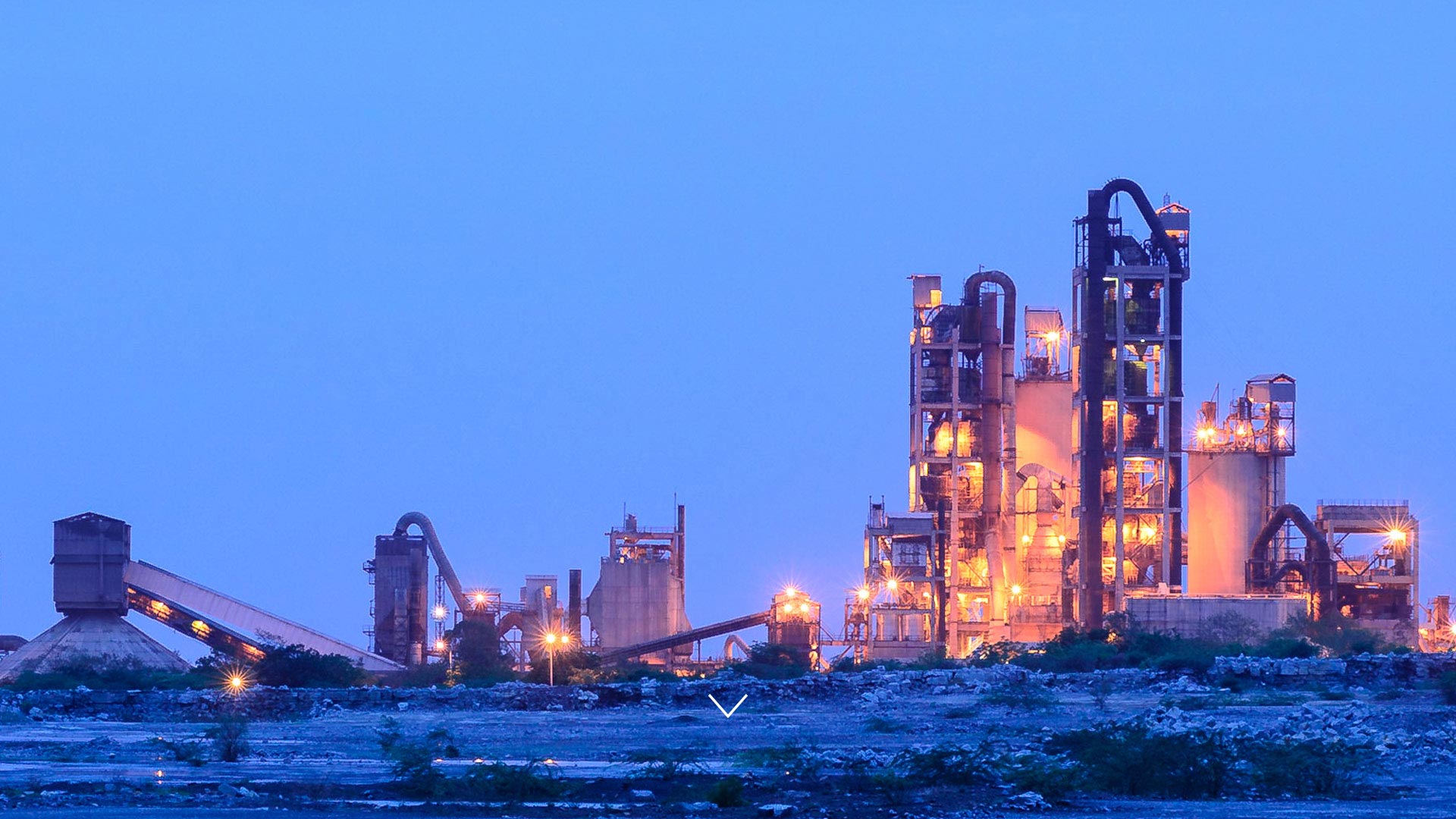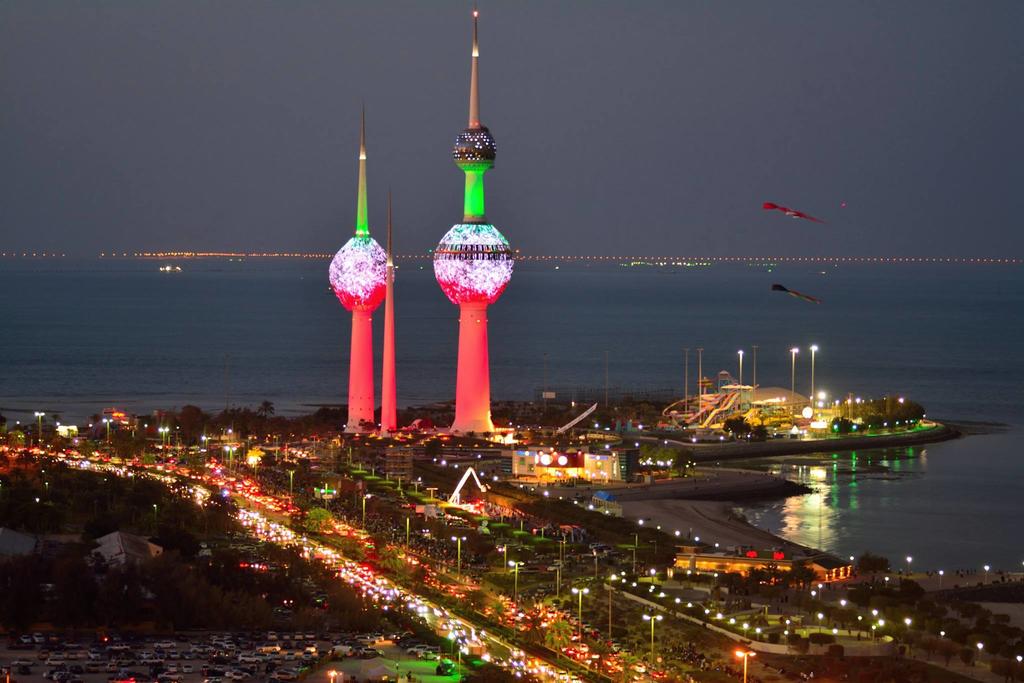The economies of the Gulf Cooperation Council (GCC) are projected to grow at a slower pace in 2023 compared to the previous year, in the face of lower oil and gas earnings and a global economic slowdown, according to the new World Bank Gulf Economic Update (GEU).
The GCC is expected to grow by 2.5 per cent in 2023 and 3.2 per cent in 2024.
This compares to the region’s remarkable GDP growth of 7.3 per cent in 2022, which was fuelled by a strong increase in oil production for most of that year.
World Bank forecasts for UAE, Saudi and more
The weaker performance is driven primarily by lower hydrocarbon GDP, which is expected to contract by 1.3 per cent in 2023 after the OPEC+ April 2023 production cut announcement and the global economic slowdown.
However, robust growth in the non-oil sectors, which is anticipated to reach 4.6 per cent in 2023, will dampen the shortfall in hydrocarbon activities, driven primarily by private consumption, fixed investments, and looser fiscal policy in response to 2023’s relatively high oil revenues.
The latest issue of the World Bank’s GEU states that this year’s more modest growth is nonetheless buoyed by the structural reforms undertaken in the past few years.
Improvement to the business climate and competitiveness, and the overall improvements in female labour force participation in the GCC countries, especially in Saudi Arabia, have all paid off, though further diversification efforts are still needed and is underway.
UAE economic outlook 2023
Economic growth in 2023 is expected to slow compared to 2022 due to a decline in global economic activity, contraction in oil production, and tightening financial conditions.
Accordingly, real GDP is projected to grow by 2.8 per cent in 2023 to reflect a decline in oil activity growth of 2.5 per cent while a strong non-oil sector growth of 4.8 per cent will soften the contraction in oil activities, driven by robust domestic demand, particularly in the tourism, real estate, construction, transportation, and manufacturing sectors.
Saudi economic outlook 2023
Following a stellar GDP expansion of 8.7 per cent in 2022, economic growth is projected to decelerate to 2.2 per cent in 2023.
A fall in oil production, as Saudi Arabia abides by OPEC+ agreed production cuts, will contract oil sector GDP by 2 per cent.
However, with oil prices remaining at relatively high levels, loose fiscal policy and robust private credit growth are expected to cushion the contraction in the oil sector.
As a result, non-oil sectors are anticipated to grow by 4.7 per cent in 2023.
Bahrain economic outlook 2023
Bahrain’s economic outlook hangs on oil market prospects and the results of the accelerated implementation of its structural reforms’ agenda under the revised Fiscal Balance Program.
Growth is projected to moderate to 2.7 per cent in 2023 before averaging 3.2 per cent during 2024-25 as fiscal adjustments continue.
Growth in the hydrocarbon sector is expected to contract by 0.5 per cent in 2023 while the non-hydrocarbon sectors will continue expanding by 3.5 per cent supported by the recovery in the tourism and service sectors and the continuation of infrastructure projects.
Kuwait economic outlook 2023
Economic growth is expected to slow to 1.3 per cent in 2023 in response to a more cautious OPEC+ production approach and sluggish global economic activity.
The Oil sector is anticipated to contract by 2.2 per cent in 2023 despite the newly established Al Zour refinery.
Kuwait’s non-oil sectors are anticipated to grow by 4.4 per cent in 2023 driven primarily by private consumption. Policy uncertainty caused by political deadlock is expected to undermine the implementation of new infrastructure projects.
Oman economic outlook 2023
Oman’s economy is forecast to continue to grow, but at a slower pace, driven primarily by accelerated implementation of structural reforms under Vision 2040.
Overall growth is projected to moderate to 1.5 per cent in 2023 reflecting softening global demand.
Accordingly, the hydrocarbon sector is anticipated to contract by 3.3 per cent, reflecting OPEC+ recent production cuts while the non-oil economy is projected to continue its recovery trajectory by growing 3.1 per cent in 2023 supported by frontloading of infrastructure projects, increased industrial capacity from renewable energy, and the tourism sector.
Qatar economic outlook 2023
Real GDP is estimated to slow down to 3.3 per cent in 2023 after the strong performance registered in 2022, with the hydrocarbon sector expanding by 0.8 per cent.
The North Field expansion project is expected to boost the hydrocarbon sector in the medium term once the field enters commercial operation.
Meanwhile, robust growth is anticipated during this year in the non-hydrocarbon sectors, reaching 4.3 per cent, driven by private and public consumption.
The United Nations has revised its projections on global economic growth this year to be at 2.3 percent, up 0.4 percentage points from its January forecast.
The multilateral body in its latest report, however, lowered its prediction for world economic growth by 0.2 percent to 2.5 percent for 2024.
Source:https://www.arabianbusiness.com/politics-economics/in-detail-world-bank-forecasts-2023-economy-growth-for-uae-saudi-qatar-bahrain-oman-and-kuwait









